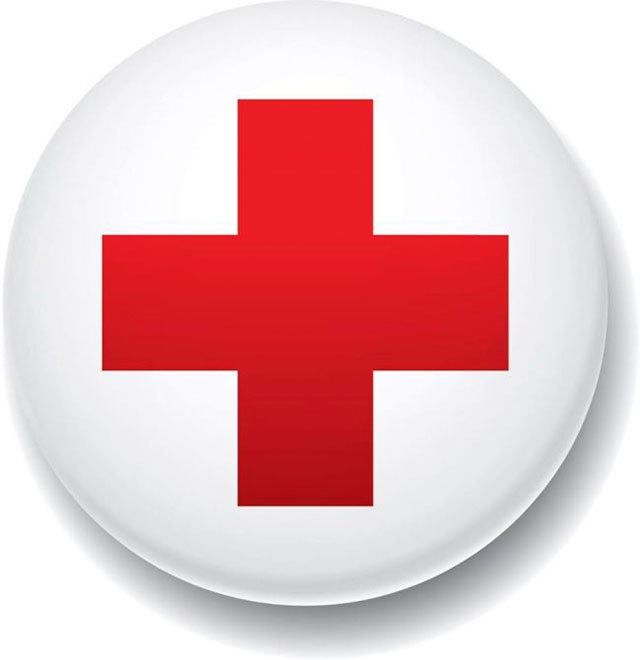The New Year is coming and many will make resolutions about things they want to do in 2017. The American Red Cross asks everyone to add getting prepared for emergencies to their list of resolutions.
“Households need to plan what they would do if an emergency situation occurred,” said Colin Downey, Regional Communications director. “All it takes is three easy steps; get a disaster kit ready, develop an emergency plan and be informed about what possible risks you may face where you live.”
Families need to plan what they should do if a disaster occurs. Individuals can make a difference in their community by knowing what to do when disaster strikes. It’s just a few short steps away:
1. Get a kit. If you’ve ever fumbled to find a flashlight during a blackout, you know what it feels like to be unprepared. Use a downloadable checklist available on redcross.org to make it easy to get your emergency preparedness kit ready. You should include:
• Three-day supply of non-perishable food and water—one gallon per person, per day for drinking and hygiene purposes
• Battery-powered or hand crank radio (NOAA Weather Radio, if possible)
• Flashlight and extra batteries
• First aid kit, medications and medical items
• Copies of all important documents (proof of address, deed/lease to home, passports, birth certificates, insurance policies)
• Extra cash
2. Make a plan. Talk with household members about what you would do during emergencies. Plan what to do in case you are separated, and choose two places to meet – one right outside your home in case of a sudden emergency such as a fire, and another outside your neighborhood in case you cannot return home or are asked to evacuate.
• Choose a contact person from out of the area and make sure all household members have this person’s phone number and email address. It may be easier to call long distance or text if local phone lines are overloaded or out of service.
• Tell everyone in the household where emergency information and supplies are kept.
• Practice evacuating your home twice a year. Drive your planned evacuation route and plot alternate routes on a map in case main roads are impassable.
• Don’t forget your pets. If you must evacuate, make arrangements for your animals. Keep a phone list of “pet friendly” motels/hotels and animal shelters that are along your evacuation routes.
3. Be informed. Know the risks where you live, work, learn and play.
• If you live or travel often to areas near a fault line, learn how to prepare and what to do during an earthquake. Remember that emergencies like fires and blackouts can happen anywhere, so everyone should be prepared for them.
• Find out how you would receive information from local officials in the event of an emergency.
• Learn First Aid and CPR/AED so that you have the skills to respond in an emergency before help arrives, especially during a disaster when emergency responders maybe delayed. Visit redcross.org/takeaclass for online and in-class offerings and to register.
Download the Red Cross Emergency App to receive emergency alerts and information about what to do in case of emergencies, as well as locations of open Red Cross shelters. It is a single “go-to” source for 14 different types of emergencies and disasters and allows users to notify loved ones who are in an affected area. Download the Monster Guard App so 7- to 11-year-olds will have a free, fun, gaming environment to learn how to prevent emergencies, like home fires, and how to stay safe if severe weather or natural disasters occur. People can download the apps for free in their app stores or at redcross.org/apps.


